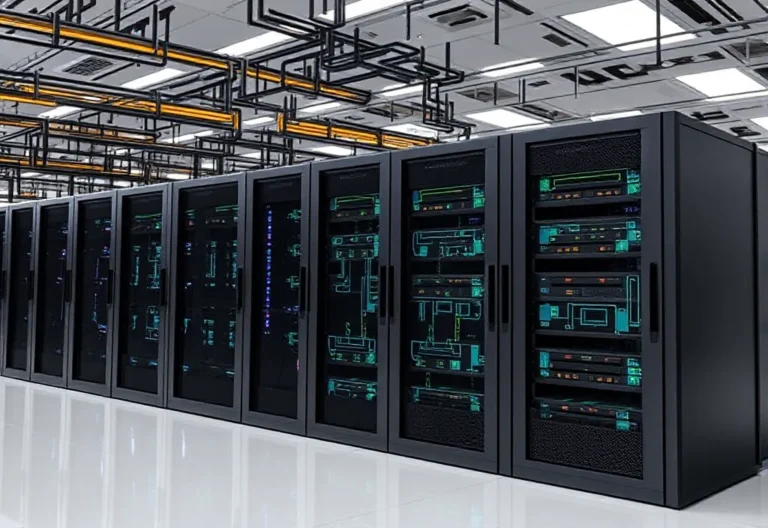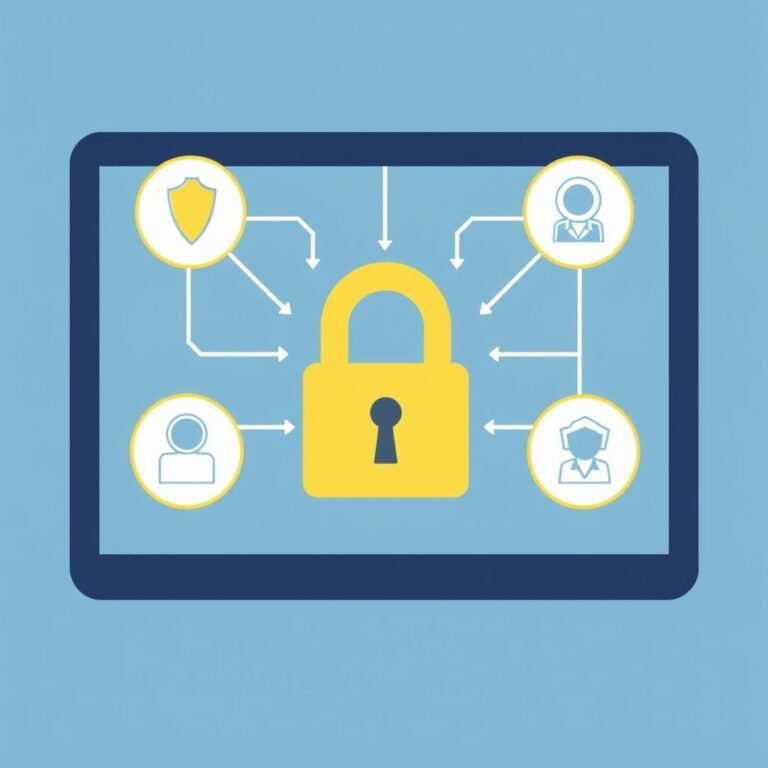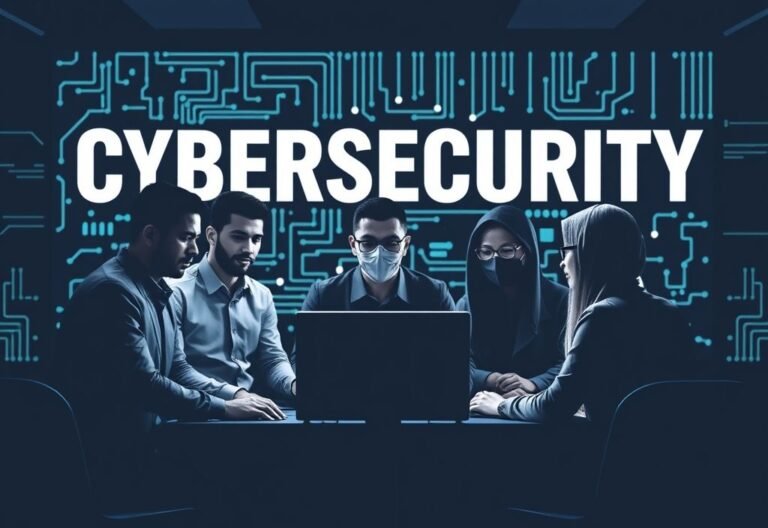
How AI Is Revolutionizing Cybersecurity: Trends That Are Changing the Game
Digital innovation continues to accelerate — and with it, the evolving threat landscape is pushing traditional security measures to their limits.
Artificial Intelligence (AI) has stepped in as a powerful force in modern cybersecurity. It gives organizations the tools they need to detect, respond to, and even predict cyber threats faster and more accurately than ever before.
Let’s explore the top AI trends reshaping how we protect digital assets — and why businesses must embrace them now.
Why AI Is a Game-Changer in Cybersecurity
Cyberattacks are becoming more sophisticated, frequent, and damaging. Attackers are using automation, machine learning, and even AI themselves to bypass traditional defenses.
In response, cybersecurity teams are turning to AI to:
- Detect threats in real time
- Automate responses to reduce risk
- Predict future attacks through behavioral analysis
- Enhance decision-making with data-driven insights
AI doesn’t replace human expertise — it amplifies it, allowing security professionals to focus on strategy while machines handle high-volume, repetitive tasks.
Top AI Trends Shaping the Future of Cybersecurity
1. Predictive Threat Intelligence
Instead of waiting for an attack to happen, AI analyzes historical and real-time data to forecast potential threats. This proactive approach helps organizations patch vulnerabilities before they’re exploited.
2. Behavioral Analytics
Traditional signature-based detection struggles with unknown threats like zero-day exploits and advanced phishing. AI-driven behavioral analytics monitors normal user and system behavior, flagging anomalies that could signal a breach.
3. Autonomous Security Systems
AI-powered systems can now detect, analyze, and respond to threats without human intervention. These autonomous platforms significantly reduce response times and improve incident handling efficiency.
4. Explainable AI (XAI)
As AI becomes more central to security decisions, understanding why a system flagged something as suspicious is crucial. Explainable AI provides transparency into decision-making, building trust and helping analysts take informed action.
5. Enhanced Cloud Security
With more businesses moving to the cloud, securing these environments is critical. AI continuously monitors cloud activity, identifies unusual patterns, and responds to threats in real time — adapting to the dynamic nature of cloud infrastructure.
6. AI-Powered Deception Technology
By creating realistic decoy assets, deception tech misleads attackers and detects threats early. AI enhances these systems by making decoys smarter and more responsive to attacker behavior.
7. Integration with Zero Trust Architecture
Zero Trust assumes no one should be trusted by default — even inside the network. AI strengthens this model by enabling continuous authentication, monitoring, and adaptive access control based on real-time risk assessments.
The Road Ahead: Embracing AI for Smarter Cybersecurity
AI isn’t just a trend — it’s fast becoming essential for staying ahead of cyber threats. Organizations that integrate AI into their cybersecurity strategies will be better positioned to defend against increasingly intelligent attacks.
But success requires more than just deploying tools — it demands:
- Ongoing training
- Human-AI collaboration
- Ethical use of technology
- Proactive adaptation to emerging threats





